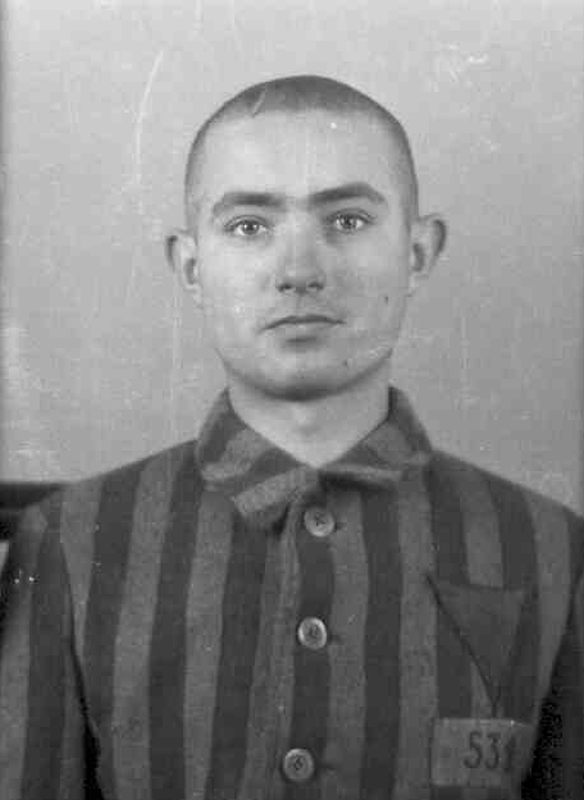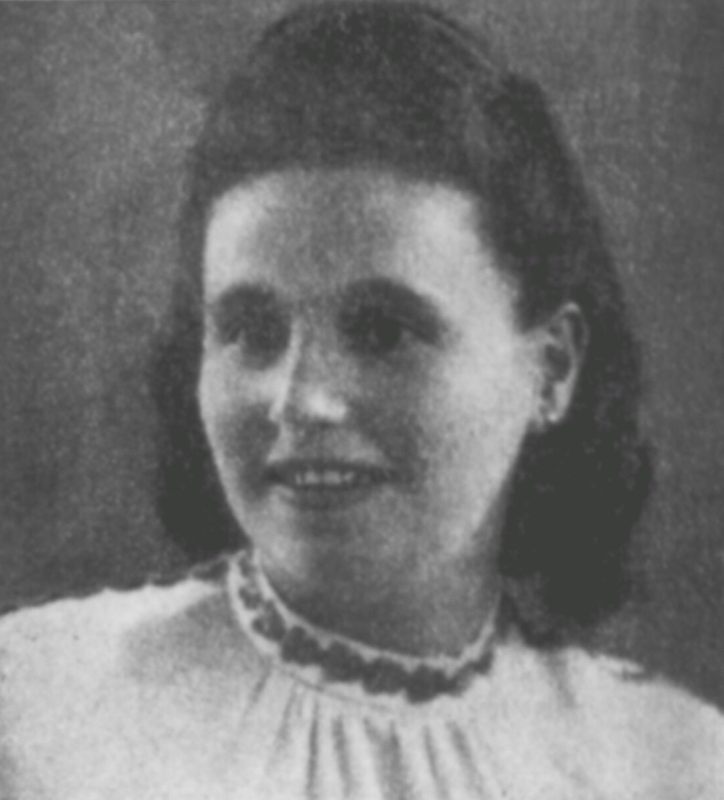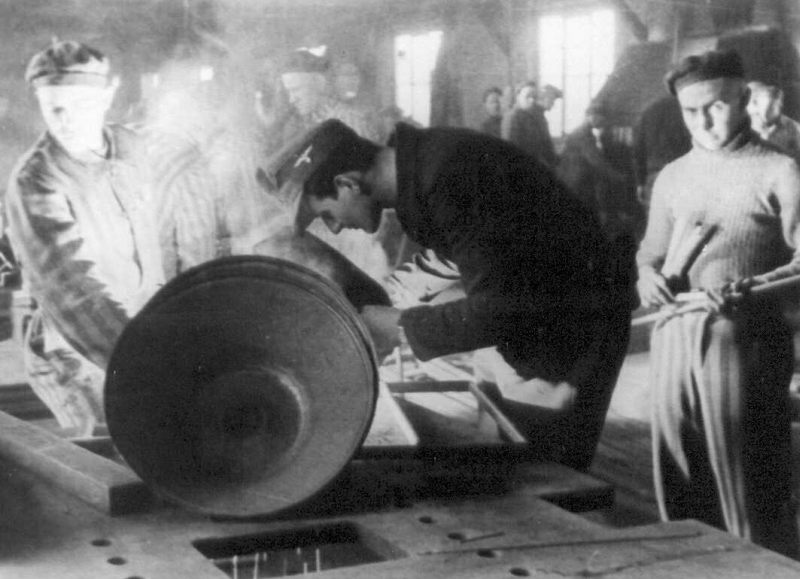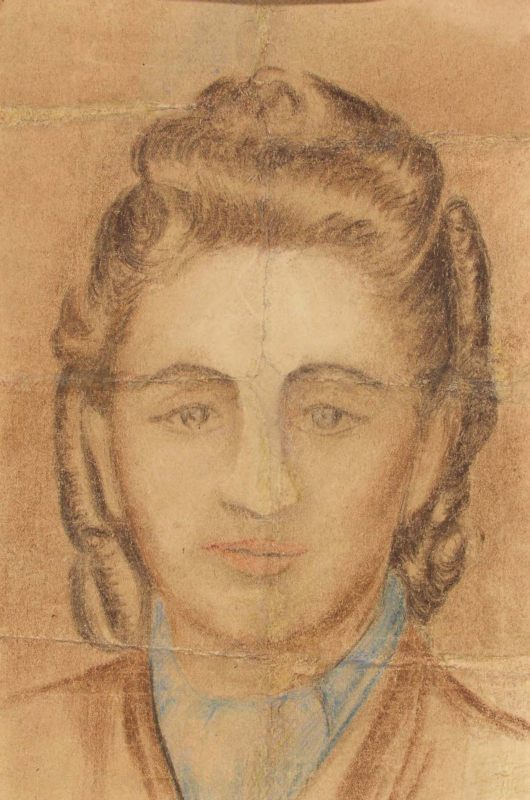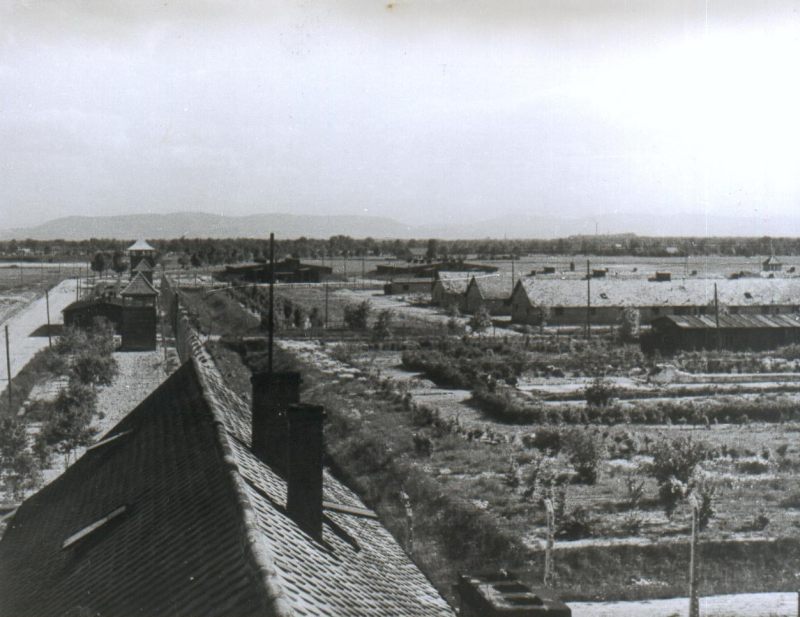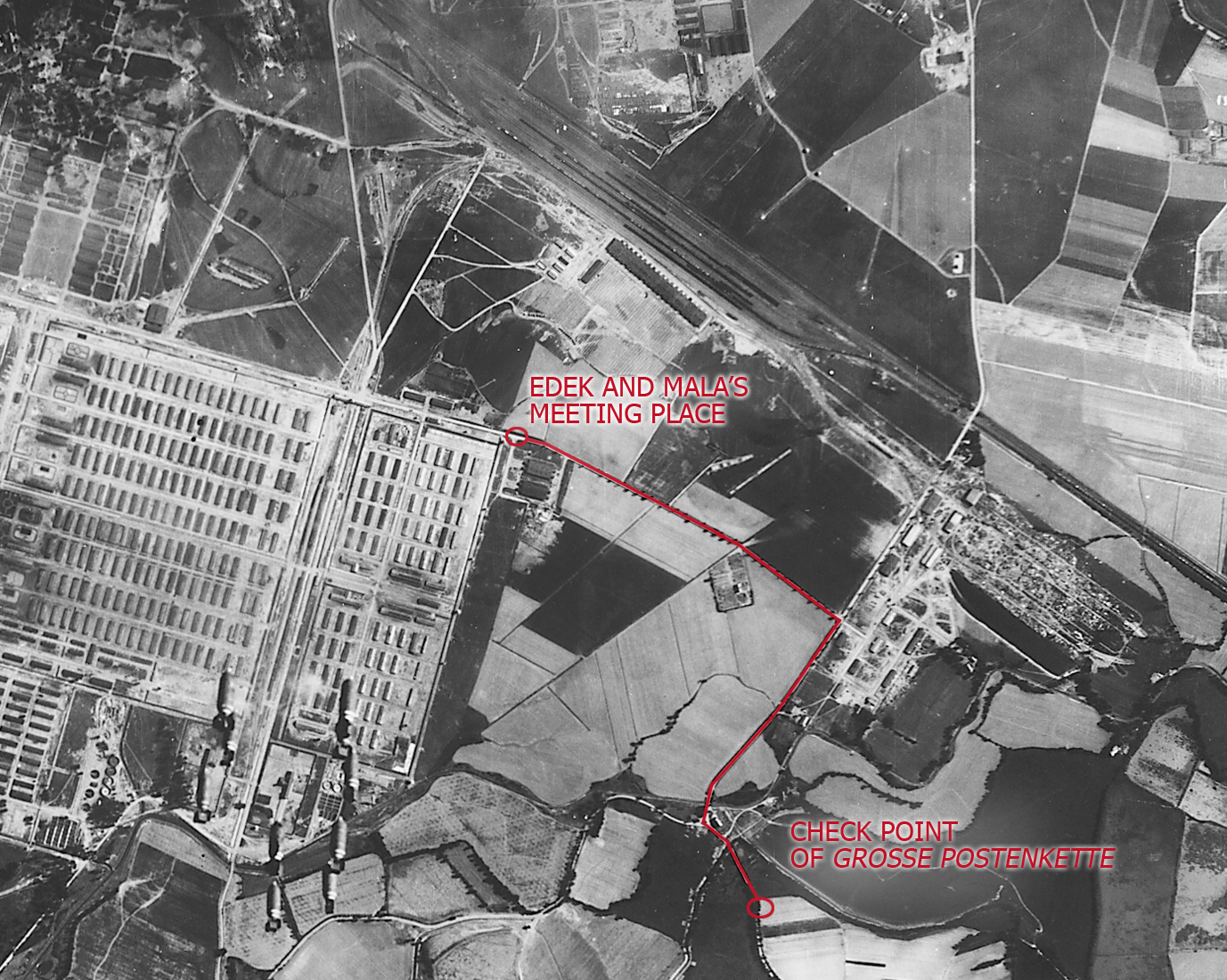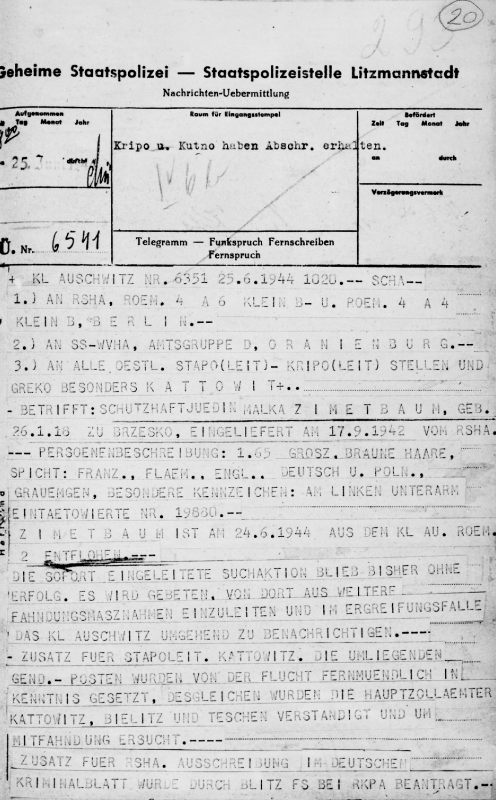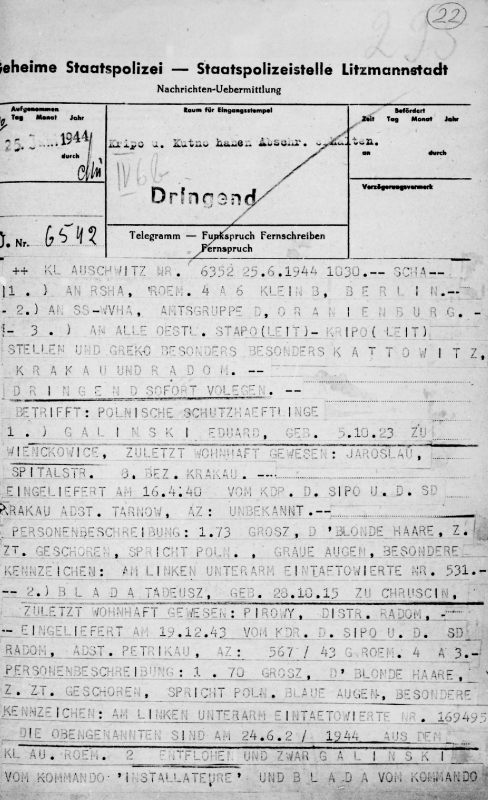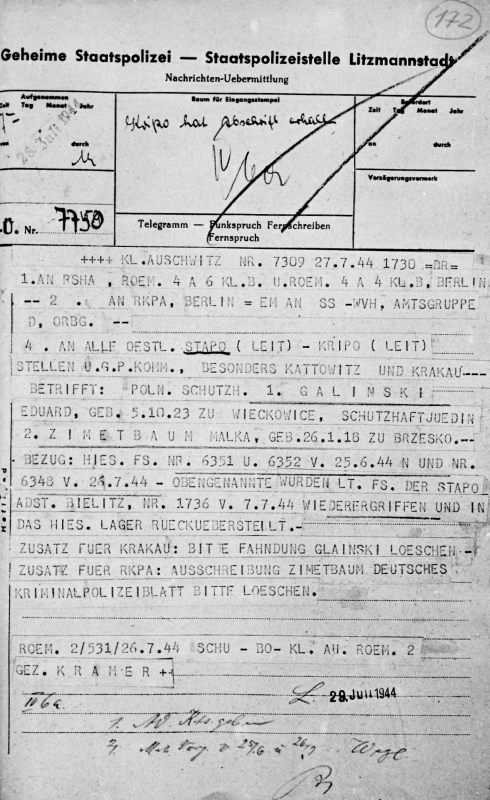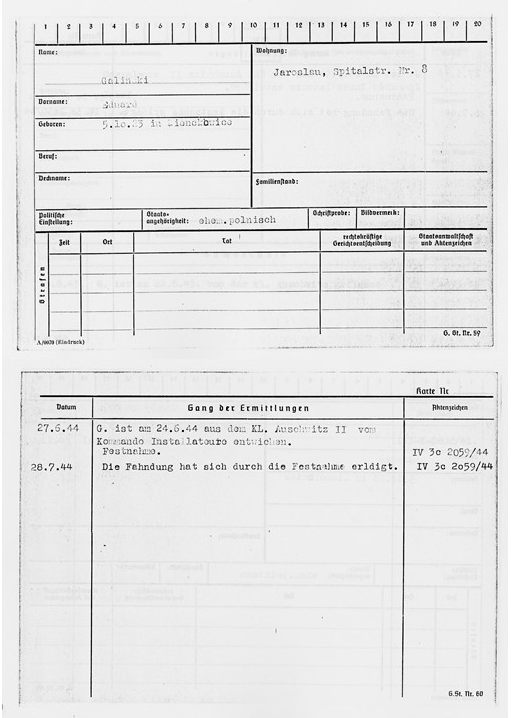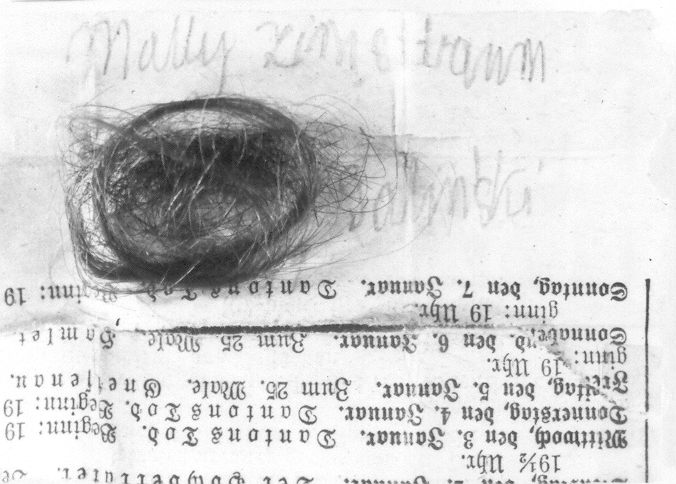Edward Galiński and Mala Zimetbaum had a relative freedom of moving around the camp premises while performing their duties. They met at the turn of 1943 and 1944 and fell in love. Initially, Galiński had been planning the escape together with his friend Wiesław Kielar. Dressed in the SS uniform, he was supposed to be escorting his inmate to work. They had even secretly obtained the uniform and a gun from the former ironworks Kommandoführer SS-Rottenführer Edward Lubusch. However, after he met Mala Zimetbaum he wanted her to escape from the camp with him. Kielar finally decided not to join them, but provided the couple with his assistance.
On 24 June 1944 Galiński was waiting for Mala in the place agreed upon beforehand, dressed in the SS uniform. She came dressed in work overalls, carrying a washbasin on her head. In this way they intended to simulate the escorting of a prisoner from the fitters’ Kommando to the workplace outside the camp. Using fake SS pass stolen by Mala, they managed to go beyond the large guard chain. They initially planned to reach Wiesław Kielar’s sister in Zakopane. However, convinced by Mala Zimetbaum, they headed in the direction of Slovakia, where her relatives lived. On 7 July they were arrested by a border guard patrol and then transported to Auschwitz and incarcerated in the cells of block 11. Both, despite long investigation and tortures, did not reveal the names of people who assisted them in preparing the escape. Edward Galiński was hanged in the men’s camp in Birkenau on 15 September 1944, while Mala Zimetbaum slashed her wrists before execution. She was then taken to one of the crematoria and probably shot there.

